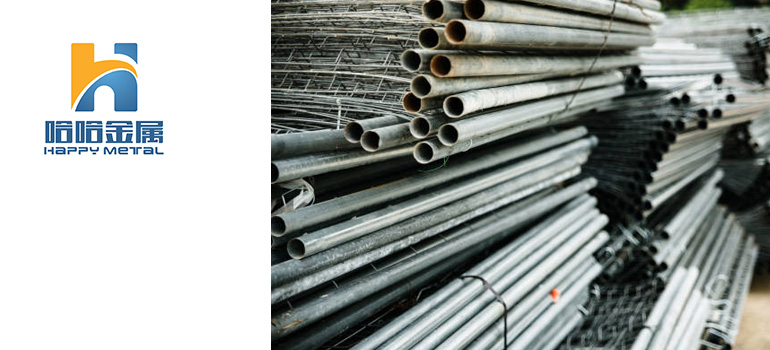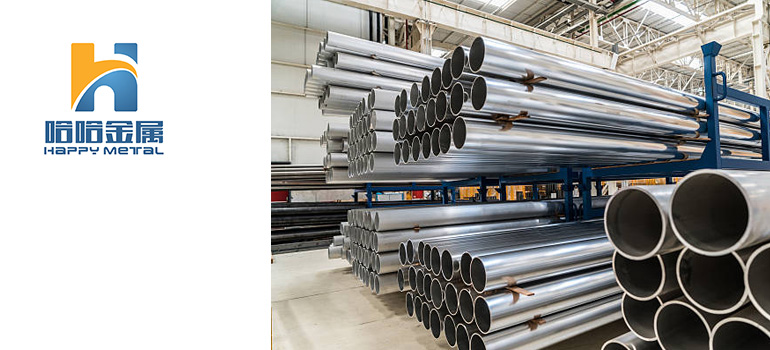Summary:
Stainless steel pipe size: everything you need to know
Types of stainless steel pipes
Standard for dimensions of stainless steel pipes
How to Choose the Suitable Size of Stainless Steel Pipe
Stainless steel pipes play a crucial role in various industrial and household applications, but to ensure their performance and adaptability, the size of stainless steel pipes is crucial. In this article, we will delve into various aspects of stainless steel pipe dimensions, including their types, standards, and how to choose the size that suits your needs.
Types of stainless steel pipes

There are multiple types of stainless steel pipes, each suitable for different applications. Before choosing the appropriate size, it is first necessary to understand these types. The following are some common types of stainless steel pipes:
1. Stainless steel welded pipe
This type of pipeline is made by curling stainless steel plates into tubes and welding them. They are usually used to transport liquids and gases because they have good sealing and strength. The size range of stainless steel welded pipes is wide and can meet various needs.
2. Stainless steel seamless pipe
Seamless pipes are made by heating stainless steel billets to high temperatures and then using processes such as piercing and rolling. This type of pipeline is usually used in high-pressure and high-temperature environments because of its excellent strength and corrosion resistance. The size of stainless steel seamless pipes is usually subject to stricter control.
3. Stainless steel square tube
Stainless steel square tubes have a unique appearance and are typically used for applications with special design requirements. Their size is usually described by the length of each side, so it is necessary to consider the size of each side when selecting.
4. Stainless steel rectangular tube
Similar to square tubes, stainless steel rectangular tubes also have a special shape and are typically used for special engineering purposes. Choosing the appropriate size requires considering the width and height of the rectangular tube.
Standard for dimensions of stainless steel pipes
The size standards for stainless steel pipes are usually formulated by the International Organization for Standardization (ISO) and national standard organizations. The following are some common size standards for stainless steel pipes:
1. Outer diameter and wall thickness
The dimensions of stainless steel pipes are usually described in terms of outer diameter (OD) and wall thickness (WT). The outer diameter is the outer diameter of the pipeline, and the wall thickness is the thickness of the pipeline wall. These dimensions are usually expressed in millimeters or inches. For example, a common stainless steel pipe size can be “OD 25mm x WT 2mm”.
2. Tolerances
The size of stainless steel pipes is usually limited by certain tolerances. This means that the actual manufactured pipeline size may have a small deviation within the standard size range. These tolerances are usually detailed in standards to ensure the quality and performance of pipelines.
3. Length
The length of stainless steel pipes is usually expressed in meters or feet. The standard length is 6 meters (20 feet), but other lengths can be customized according to needs. When purchasing stainless steel pipes, you can choose the length that suits your project needs.
How to Choose the Suitable Size of Stainless Steel Pipe
When choosing the stainless steel pipe size that suits your needs, there are several key factors to consider:
1. Application requirements
Firstly, you need to have a clear understanding of your application requirements. Different applications may require different types and sizes of stainless steel pipes. If it is a high-pressure and high-temperature environment, seamless pipes are usually a good choice. If it is a general transportation, welded pipes may be more suitable.
2. Space limitations
It is also important to consider the space limitations of your project. Ensure that the selected pipe size is suitable for your installation and layout requirements.
3. Budget
Budget is another key factor in selecting the size of stainless steel pipes. Generally speaking, pipelines with large diameters and wall thicknesses are more expensive. When choosing pipeline size, it is necessary to balance performance and cost.
4. Compatibility
Ensure that the selected pipe size is compatible with other pipes and fittings. This helps to avoid subsequent installation issues and maintenance difficulties.
The size of stainless steel pipes is an important factor in ensuring pipeline performance and adaptability. Understanding different types of stainless steel pipes and size standards is the first step in selecting the appropriate size. When making a choice, it is crucial to consider factors such as application requirements, space limitations, budget, and compatibility. Choosing the appropriate stainless steel pipe size in the project will help improve efficiency, reduce costs, and ensure long-term reliability.
Finally, in order to ensure that the size of the stainless steel pipe you choose meets the standards and quality requirements, it is recommended to cooperate with a reliable supplier. They can usually provide professional advice to help you choose the most suitable pipe size for your needs and ensure that the product meets the required standards.
In summary, the size of stainless steel pipes plays a crucial role in various industrial and household applications. By understanding different types of pipelines, size standards, and how to choose the size that suits your needs, you will be able to better meet your project requirements and ensure the performance and reliability of pipelines. When selecting the size of stainless steel pipes, it is necessary to comprehensively consider various factors to make wise decisions and achieve success in the project.
I hope this article is helpful for you to understand the size of stainless steel pipes. If you need more detailed information or have any other questions, please feel free to contact us at any time.
You maybe inersted in the following: Deep understanding of Schedule 5 stainless steel pipes: advantages, applications, and selection guide




